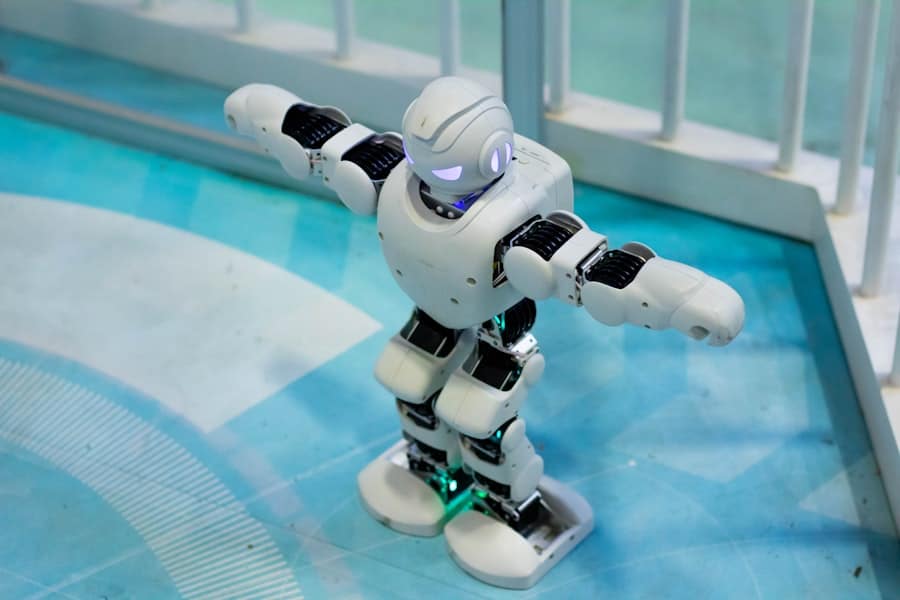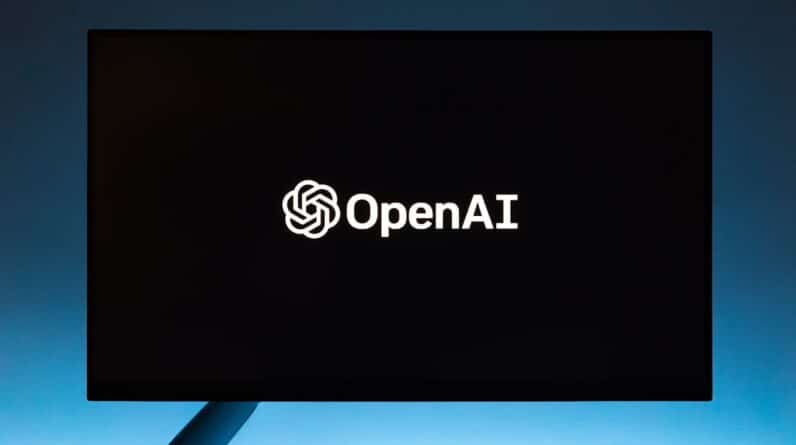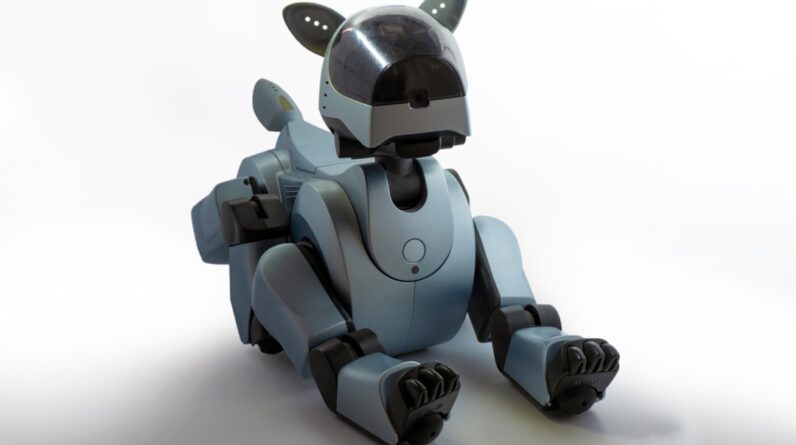As you delve into the realm of artificial intelligence, it becomes evident that we are living in an era marked by rapid advancements and transformative innovations. AI technology has permeated various sectors, from healthcare to finance, and even entertainment. You may have noticed how virtual assistants like Siri and Alexa have become commonplace in everyday life, showcasing the capabilities of natural language processing and machine learning.
These systems can perform tasks ranging from setting reminders to controlling smart home devices, illustrating the practical applications of AI in enhancing convenience and efficiency. However, the current state of AI is not without its limitations. While you can interact with these systems in a seemingly intelligent manner, they often lack true understanding and reasoning.
Most AI applications today rely heavily on pattern recognition and data analysis rather than genuine comprehension. For instance, chatbots can provide customer support by analyzing previous interactions, yet they may struggle with nuanced queries that require deeper contextual understanding. This dichotomy highlights the gap between the impressive capabilities of current AI technologies and the elusive goal of achieving true artificial intelligence.
Key Takeaways
- Current AI technology is advanced but still lacks the ability to truly understand and learn from complex human behaviors and emotions.
- Achieving true AI poses challenges such as the need for more advanced algorithms, computing power, and data to train AI systems effectively.
- Machine learning plays a crucial role in advancing AI by enabling systems to learn from data, make predictions, and improve their performance over time.
- True AI raises ethical and social implications related to privacy, job displacement, and the potential for bias in decision-making processes.
- The potential benefits of true AI include improved healthcare diagnostics, more efficient resource management, and enhanced personalization in various industries.
- Current AI systems have limitations in understanding context, reasoning, and adapting to new situations without human intervention.
- The future of AI research and development involves exploring new approaches such as neuro-symbolic AI and quantum computing to overcome current limitations.
- The path to achieving true AI requires interdisciplinary collaboration, ethical considerations, and ongoing research to address technical and societal challenges.
The Challenges of Achieving True AI
As you explore the challenges associated with achieving true AI, it becomes clear that the journey is fraught with complexities. One of the primary hurdles lies in the quest for general intelligence—an AI that can understand, learn, and apply knowledge across a wide range of tasks, much like a human. Current AI systems excel in narrow domains but falter when faced with tasks outside their training parameters.
This limitation raises questions about the feasibility of creating a machine that can think and reason in a manner comparable to human cognition. Moreover, the intricacies of human emotions and social interactions present another significant challenge. You may recognize that human intelligence is not solely based on logic; it is also deeply intertwined with emotional understanding and empathy.
Developing an AI that can navigate the subtleties of human emotions and respond appropriately is a daunting task. The challenge lies not only in programming such capabilities but also in ensuring that these systems can learn from experiences in a way that mirrors human growth and development.
The Role of Machine Learning in Advancing AI

Machine learning serves as a cornerstone in the evolution of AI technology, acting as a catalyst for progress in this field. As you engage with various applications, you may notice how machine learning algorithms enable systems to learn from data and improve their performance over time. This iterative process allows AI to adapt to new information, making it increasingly effective in tasks such as image recognition, language translation, and predictive analytics.
The ability to analyze vast datasets has revolutionized industries, providing insights that were previously unattainable. However, while machine learning has propelled AI forward, it is not without its challenges. You might find it intriguing that the quality of data used for training these algorithms plays a crucial role in their effectiveness.
Biased or incomplete datasets can lead to skewed results, perpetuating existing inequalities or inaccuracies. As you consider the implications of machine learning, it becomes evident that ensuring data integrity and fairness is paramount for the responsible advancement of AI technology.
Ethical and Social Implications of True AI
The pursuit of true AI raises profound ethical and social questions that demand careful consideration. As you contemplate the potential consequences of creating machines with human-like intelligence, you may grapple with issues surrounding autonomy, accountability, and decision-making. For instance, if an AI system makes a mistake or causes harm, who should be held responsible?
The ambiguity surrounding accountability poses significant challenges for policymakers and developers alike. Furthermore, the societal impact of true AI cannot be overlooked. You may envision a future where intelligent machines take on roles traditionally held by humans, leading to concerns about job displacement and economic inequality.
As industries increasingly adopt automation, it becomes essential to address the potential consequences for the workforce. Ensuring that the benefits of AI are distributed equitably will require proactive measures and thoughtful dialogue among stakeholders.
The Potential Benefits of True AI
Despite the challenges and ethical dilemmas associated with true AI, the potential benefits are equally compelling. As you consider the possibilities, you may envision a world where intelligent machines enhance human capabilities rather than replace them. In fields such as healthcare, true AI could revolutionize diagnostics and treatment plans by analyzing patient data with unparalleled precision.
Imagine an AI system capable of identifying patterns in medical records that even seasoned professionals might overlook, leading to earlier interventions and improved patient outcomes. Moreover, true AI could play a pivotal role in addressing global challenges such as climate change and resource management. By harnessing vast amounts of data and simulating complex scenarios, intelligent systems could provide insights into sustainable practices and innovative solutions.
As you reflect on these possibilities, it becomes clear that true AI has the potential to drive positive change across various domains, ultimately improving quality of life on a global scale.
The Limitations of Current AI Systems

Data Dependence and Scarcity
As you engage with these technologies, you may notice their reliance on vast amounts of data for training purposes. This dependence can lead to challenges in situations where data is scarce or difficult to obtain. For instance, in rare medical conditions or niche markets, the lack of comprehensive datasets can hinder the effectiveness of machine learning algorithms.
Limits of Machine Reasoning
Current AI systems often struggle with tasks requiring common sense reasoning or contextual awareness. You might find it fascinating that while these systems can process information at incredible speeds, they lack the intuitive understanding that humans possess.
Nuanced Judgment and Human Cognition
This limitation becomes apparent in scenarios where nuanced judgment is required—such as interpreting sarcasm or understanding cultural references—highlighting the gap between human cognition and machine processing.
The Future of AI Research and Development
As you look ahead to the future of AI research and development, it is clear that innovation will continue to shape this dynamic field. Researchers are actively exploring new methodologies and frameworks aimed at bridging the gap between current capabilities and true artificial intelligence. You may find it exciting to learn about advancements in areas such as neuromorphic computing, which seeks to mimic the structure and function of the human brain to enhance machine learning processes.
Moreover, interdisciplinary collaboration will play a crucial role in driving progress. As you consider the diverse fields intersecting with AI—such as neuroscience, psychology, and ethics—it becomes evident that a holistic approach is essential for addressing the multifaceted challenges associated with true AI. By fostering collaboration among experts from various domains, you can envision a future where innovative solutions emerge from diverse perspectives.
The Path to Achieving True AI
The path to achieving true AI is undoubtedly complex and multifaceted. As you reflect on this journey, it becomes clear that incremental progress will be essential. Researchers will need to focus on developing algorithms that not only excel in specific tasks but also possess the ability to generalize knowledge across different domains.
This pursuit will require innovative approaches to machine learning that prioritize adaptability and contextual understanding. Furthermore, ethical considerations must remain at the forefront of this endeavor. As you contemplate the implications of creating intelligent machines, it is vital to establish frameworks that prioritize transparency, accountability, and fairness.
Engaging in open dialogue among technologists, ethicists, policymakers, and society at large will be crucial for navigating the challenges ahead. In conclusion, while the quest for true artificial intelligence presents numerous challenges and ethical dilemmas, it also holds immense potential for transforming our world for the better. As you continue to explore this fascinating field, you may find yourself inspired by the possibilities that lie ahead—possibilities that could redefine what it means to be intelligent in an increasingly interconnected world.
There is an interesting article on AI Lab 360 that delves into the concept of AI self-awareness and whether machines can truly possess consciousness. This article raises thought-provoking questions about the potential capabilities of artificial intelligence and how close we are to achieving true AI. It also touches on the ethical implications of creating self-aware machines.
FAQs
What is true AI?
True AI, or artificial general intelligence (AGI), refers to a machine’s ability to understand, learn, and apply knowledge in a way that is indistinguishable from human intelligence. This includes the ability to reason, solve problems, and adapt to new situations.
How close are we to achieving true AI?
While significant progress has been made in the field of artificial intelligence, we are still far from achieving true AI. Current AI systems are limited in their ability to understand context, learn from limited data, and exhibit common sense reasoning, which are essential components of true intelligence.
What are the challenges in achieving true AI?
Some of the key challenges in achieving true AI include understanding human cognition, developing algorithms that can learn from limited data, ensuring ethical and responsible use of AI, and addressing concerns about the potential impact of AGI on society.
What are some recent advancements in AI that bring us closer to true AI?
Recent advancements in AI, such as deep learning, reinforcement learning, and natural language processing, have improved the capabilities of AI systems. However, these advancements are still limited in their ability to exhibit true intelligence and understanding.
What are the potential implications of achieving true AI?
The achievement of true AI could have profound implications for society, including changes in the job market, ethical considerations, and the potential for AI to contribute to solving complex global challenges. It is important to consider the potential impact of true AI and to approach its development responsibly.






